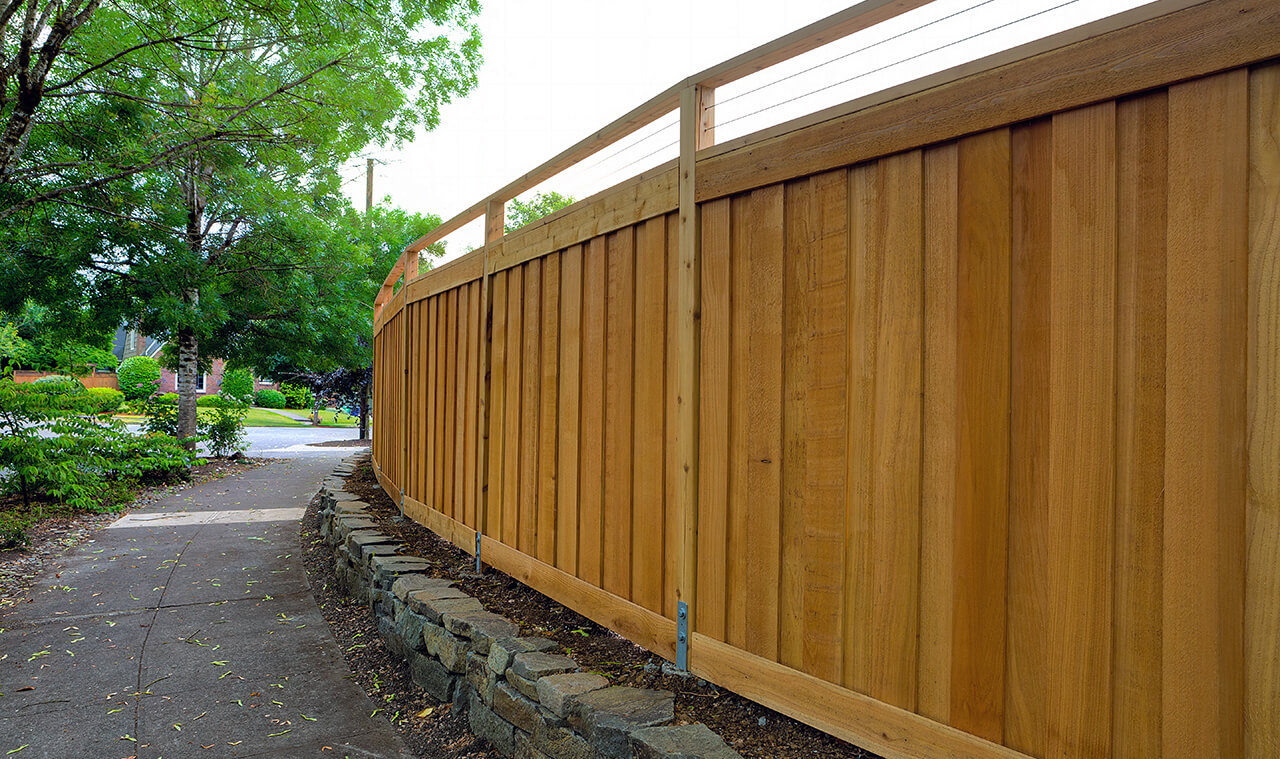- Comparing Fence Types
Can My Fence Withstand Colorado's High Winds?
During this time of year across the Colorado Front Range, gusty winds are to be expected. Of course, this means that older or already partially dilapidated fences are highly susceptible to damage or to collapsing entirely. For homeowners who wish to replace their fences, the primary question of concern is: “Will my new fence withstand the next bout of high winds?” The answer is that it depends on the contractor and the fence type you choose.
During this time of year across the Colorado Front Range, gusty winds are to be expected. Of course, this means that older or already partially dilapidated fences are highly susceptible to damage or to collapsing entirely. For homeowners who wish to replace their fences, the primary question of concern is: “Will my new fence withstand the next bout of high winds?” The answer is that it depends on the contractor and the fence type you choose.
Learn About the Types of Fence We Offer
A Few General Principles
Although average annual wind speed is only 8.7 miles per hour, everyone who’s experienced seasonalColorado winds knows how strong gusts can become. This means that, unless you have a row of bushes or trees, a hill, or some other barrier, it’s smart to consider which types of fences will stand strong.
In general, chain link fences and fences with pickets at least a few inches apart fare better than solid fences because the slats allow the wind a place to rush through. Inverting this same principle, taller fences are more susceptible to damage because their height meets the wind with a larger surface of resistance.
Related: 8 Types of Fencing Compared
Specific Fence Materials that Hold Up Well
Ornamental Iron fences are extremely strong, partially because they are often slatted, but also because iron itself won’t break with wind and is harder to uproot. You will however, need to guard against rust through the regular application of wax and fresh paint, which act as barriers to element exposure and damage.
Vinyl fences are also incredibly resistant to the wind. Vinyl is about five times stronger than wood and does not break as easily. Because it’s composed of PVC, it also does not rot, warp, or mold, and it is resistant to insect damage. Because of this, its structure remains stable for a longer period of time.
SimTek Fences are one of the newest materials around. They're extremely durable and a great alternative for anyone looking for the natural beauty of wood or stone - minus the maintenance.
Trex fences are also wonderful solutions for areas susceptible to high winds. Trex fences come with an industry-leading, 25-year warranty and can withstand winds up to 110 miles per hour without the use of wood or steel post supports.
While Cedar fences are not as strong as their man-made counterparts, they are one of the strongest types of wood available for fencing. Their natural oils make them inherently resistant to insect attacks and decay, and they warp very little throughout their lifetime without the use of chemical treatments. If you’re looking for a natural solution, cedar is a reliable option.
Concrete Fences are made up of steel reinforced concrete which provides the perfect maintenance free option. You not only get year-round beauty at a very reasonable price. This is a great option for subdivisions, golf courses, and backyards.
What to Look for in a Contractor
Ensuring that your fence is resistant to high wind speeds of course depends on their design and the materials used in their construction, but it also depends on the contractor. At Split Rail Fence & Supply Company, we use galvanized nails that make our construction stronger. We also use Postmasters, which provide an invisible, protective sleeve for posts rooted in the ground. While these elements are invisible to our clients, they matter to us because they ensure high quality construction. Here are some other tips for hiring the right fencing contractor.

